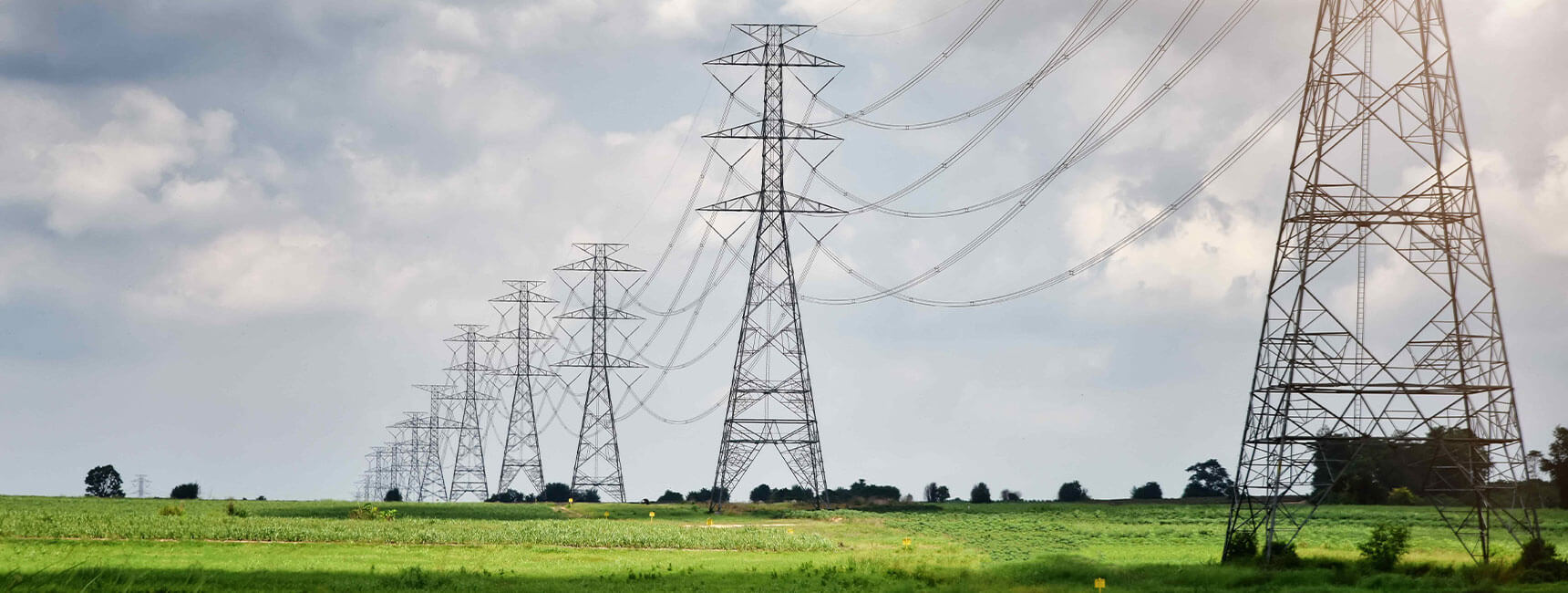The meeting covered two critical topics: crafting a motion related to the sharing of hosting transmission capacity and the implementation of the NRIS Plus product (RR649). The discussions were detailed, addressing procedural aspects, stakeholder concerns, and the broader implications for SPP’s planning and operations.
Motion Crafting and Hosting Transmission Capacity Sharing
The meeting commenced with an in-depth discussion on crafting a motion regarding the sharing of hosting transmission capacity information within SPP. Participants deliberated on whether this information should be restricted to internal SPP use or also be made available to Transmission Owners (TOs). Concerns were raised about the potential for perceived preferential treatment and compliance with transparency requirements.
Key Points:
- Motion Development: The participants explored various approaches to refine the motion before putting it forward for a vote. The focus was on balancing the need for transparency with the risk of creating competitive advantages for certain entities. The discussion highlighted the potential legal and regulatory implications of limiting the sharing of hosting transmission capacity information.
- Seconding and Debate: After refining the motion, the group sought a second to the proposal to enable further debate. The motion was seconded, which led to a more in-depth discussion on possible amendments, both friendly and unfriendly, to ensure the motion addressed all concerns.
- Voting and Approval: The motion was put to a voice vote, where it was approved without opposition or abstentions. The approval allowed the process to move forward, setting the stage for further discussions and actions in subsequent meetings.
Implementation of NRIS Plus Product (RR649)
The second half of the meeting was dedicated to a presentation and discussion on RR649, which is focused on the implementation of the NRIS Plus product, also known as CRIS. The presentation outlined the plan to implement this product by the end of 2024, including the necessary procedural changes and the impact on existing and new generators.
Key Discussion Points:
- Introduction to NRIS Plus: The presentation began with an explanation of the NRIS Plus product, including the introduction of new key definitions such as Deliverability Area, Maximum Injection Capability, Nameplate Capacity, and Network Resource Deliverability. These definitions are crucial for the NRIS Plus product and will be incorporated into SPP’s tariff and business practices.
- Expedited Designation Process: The discussion moved on to the expedited designation process for NRIS Plus, which allows transmission customers to designate resources by submitting a Transmission Service Request (TSR) through OASIS. This process includes the verification of requests by SPP, calculation of Z2 payments, and the customer’s option to proceed or withdraw. The process was broken down into specific steps, ensuring clarity and transparency for all stakeholders.
- Transitioning Existing Generators: The meeting then addressed the transition of existing generators to NRIS Plus. Generators were categorized into three groups: those included in the transition study, those in the GI process but not included in the transition study, and those not yet in the GI process. The transition process was detailed, with specific steps for each group to ensure a smooth shift to the new NRIS Plus framework.
- Changes to Application and Study Processes: Significant changes to the application process were highlighted, requiring customers to specify Nameplate Capacity, Maximum Injection Capability, and Network Resource Deliverability in their applications. The study process will also be updated to reflect these changes, moving from a control area basis to a deliverability area basis.
- Impact on Planning and Cost Allocation: The meeting also covered the potential impact of these changes on SPP’s planning models and system reliability. There was a discussion on how the NRIS Plus product could influence future system upgrades and the alignment with ongoing cost allocation discussions within SPP. The group noted that while the RR does not address cost allocation changes directly, this may be considered in future enhancements or in the context of the Consolidated Planning Process (CPP).
- Stakeholder Questions and Clarifications: The meeting included a Q&A session where stakeholders raised concerns about the integration of NRIS and ERIS study processes, the potential for different sub-regional boundaries, and the treatment of legacy generators under the new framework. SPP staff provided clarifications and committed to further discussions in future meetings to address these concerns.
Conclusion and Next Steps
The meeting concluded with a summary of the decisions made and the next steps. The approved motion on hosting transmission capacity sharing will move forward for further consideration. The presentation on RR649 provided a clear roadmap for implementing NRIS Plus by the end of 2024, with additional discussions planned to address remaining questions and concerns. Key action items include refining the transition process, ensuring alignment with other ongoing initiatives, and improving transparency in study timelines and processes. The group also emphasized the need for coordination with other ISOs to avoid scheduling conflicts and enhance stakeholder engagement.



